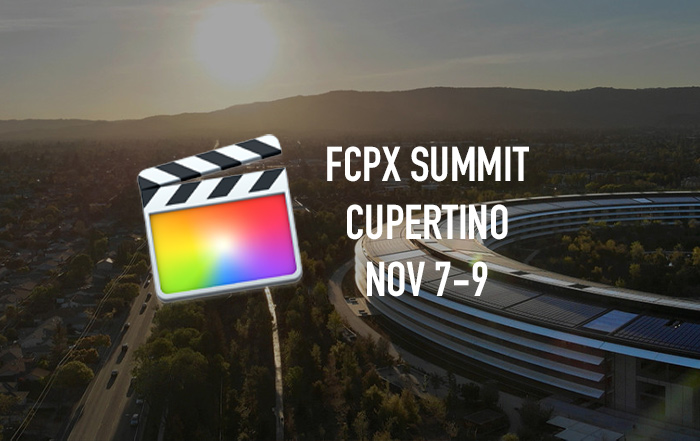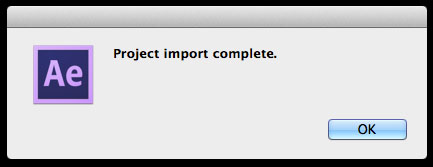
In 7, if I hadn’t cut it, I’d have no clue what any of those clips were just by glancing at the timeline. I was confused and terrified by the Primary Storyline back then, and didn’t use it. As you can see, my X timeline looks just like my 7 timeline. Here’s an illustration from an article comparing FXPX to FCP7 I wrote for Creative Cow some time ago… It’s a visual organization comparison of the same cut in both timelines. I have no idea how Mr Murch was able to work in that timeline. In fact, if you’re like me and are more concerned with fitting all your clips onscreen than carefully arranging things, FCPX works really well right now. Maybe not how you’re used to seeing things, but not much about the FCPX timeline works the way you’re used to anyway. Assign Roles properly, and you can see where everything is instantly. But the foundation is there and it’s solid. Secondary Storylines and Roles, that’s how.Īdmittedly, visual organization in the FCPX timeline needs some work, it’s far from perfect. So how do you visually organize a timeline in FCPX? you ask.

Although, I can think of some ways to approximate it, but it’d be like using popsicle sticks and glue to build a house or something. Could he do something like that in FCPX? Well… If he needed it to look like that he probably couldn’t. Walter Murch’s famous FCP “classic” timeline is the perfect example of that. What tracks are very good for, is visual organization in a timeline. But the change to a digital world is (mostly) done. That paradigm carried over into the digital world. Audio tape recorders, film projectors, videotape players… all these things pass media over a fixed head of some sort with which they need to be in perfect alignment. Tracks exist because they’re analogs for, uh… analog. Right now, I can stay with the flow, in the groove, whatever you want to call it. 😉 If I don’t like the arrangement I can change it later. FCPX takes care of how it fits into the puzzle for me. Or grab some clips in the timeline and move them. Mostly all I need to do is set my source I/O, select an in-point in the timeline, and press a key. And I never need to move things out of the way. But only when I want to, not because I have to. Yes, I still move things around in the timeline.
And I discovered that it does work, quite nicely in fact. However, being a glutton for punishment I persevered.

No tracks?! WTF!? DRAMATIZATION – DO NOT ATTEMPT Counting my years as an audio guy, I had over 2 decades of daily brain/muscle conditioning screaming that this trackless magnetic timeline thing was completely absurd. Like I said… I never really gave it a second thought. I lose the game. No biggie, hit undo and try again. But sometimes, I overwrite something I didn’t intend to. Once I’ve cleared the way, I move or cut in the clips.

#CLIPEXPORTER FOR FCPX PATCH#
Set rollers, patch the source tracks, lock tracks, move audio or video up or down to adjacent tracks, make new tracks etc. Like anyone, I prepare the timeline for each move or cut. I suppose I could’ve just said ‘editing’, but this is a very fancy blog. It’s just a part of the process of moving clips from a source – or within a timeline – into a section of the timeline containing other clips. It’s a game we all play constantly while we work. If you’re an editor, you know exactly what I’m talking about.


 0 kommentar(er)
0 kommentar(er)
